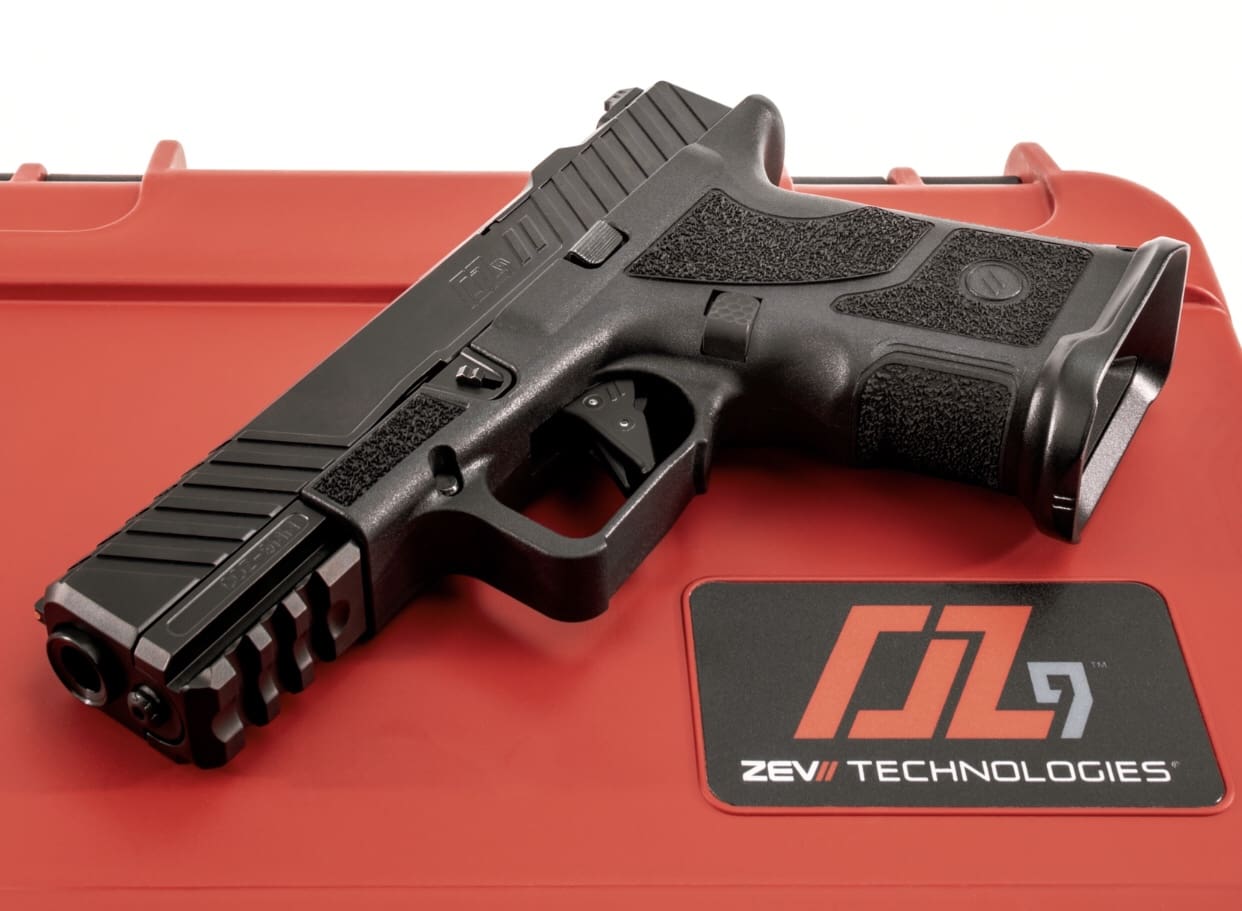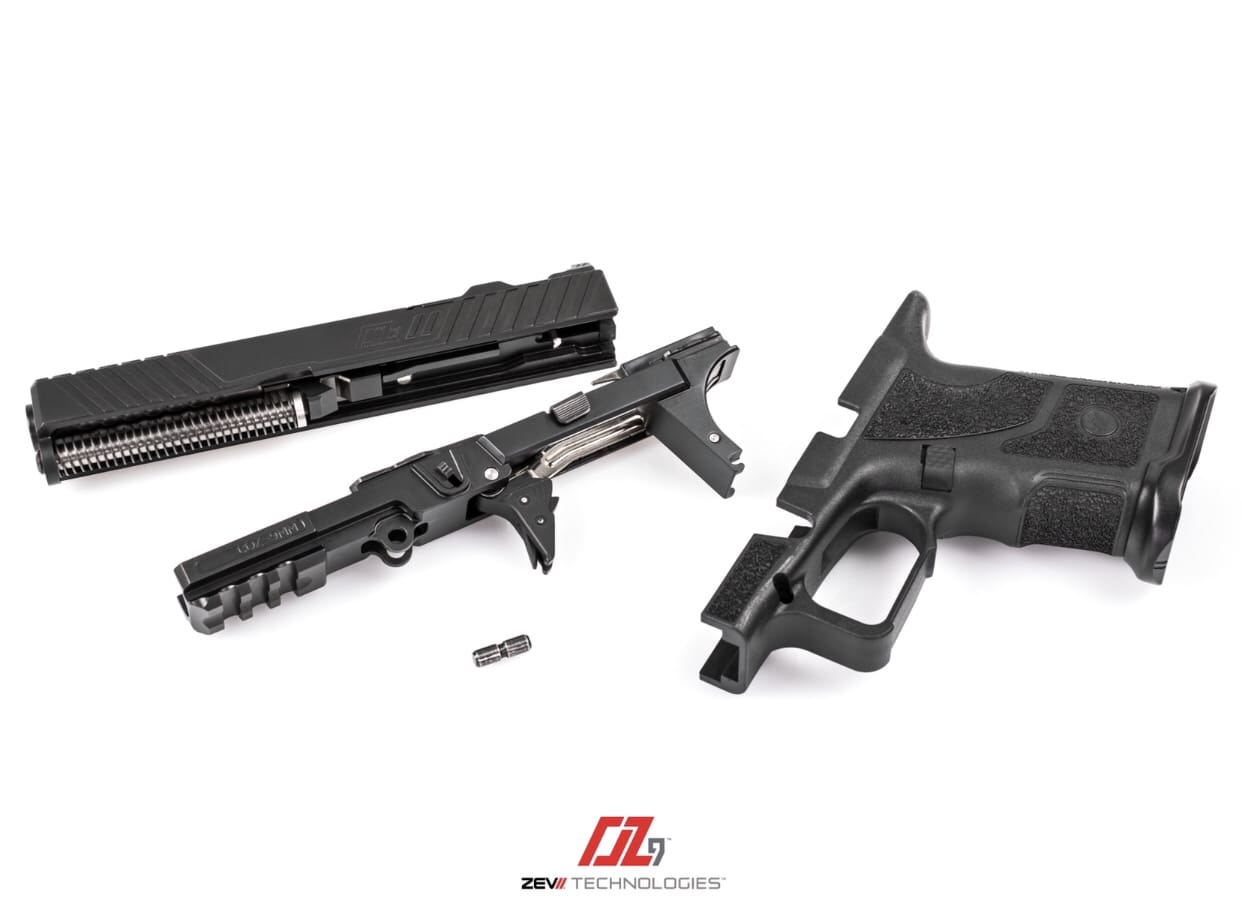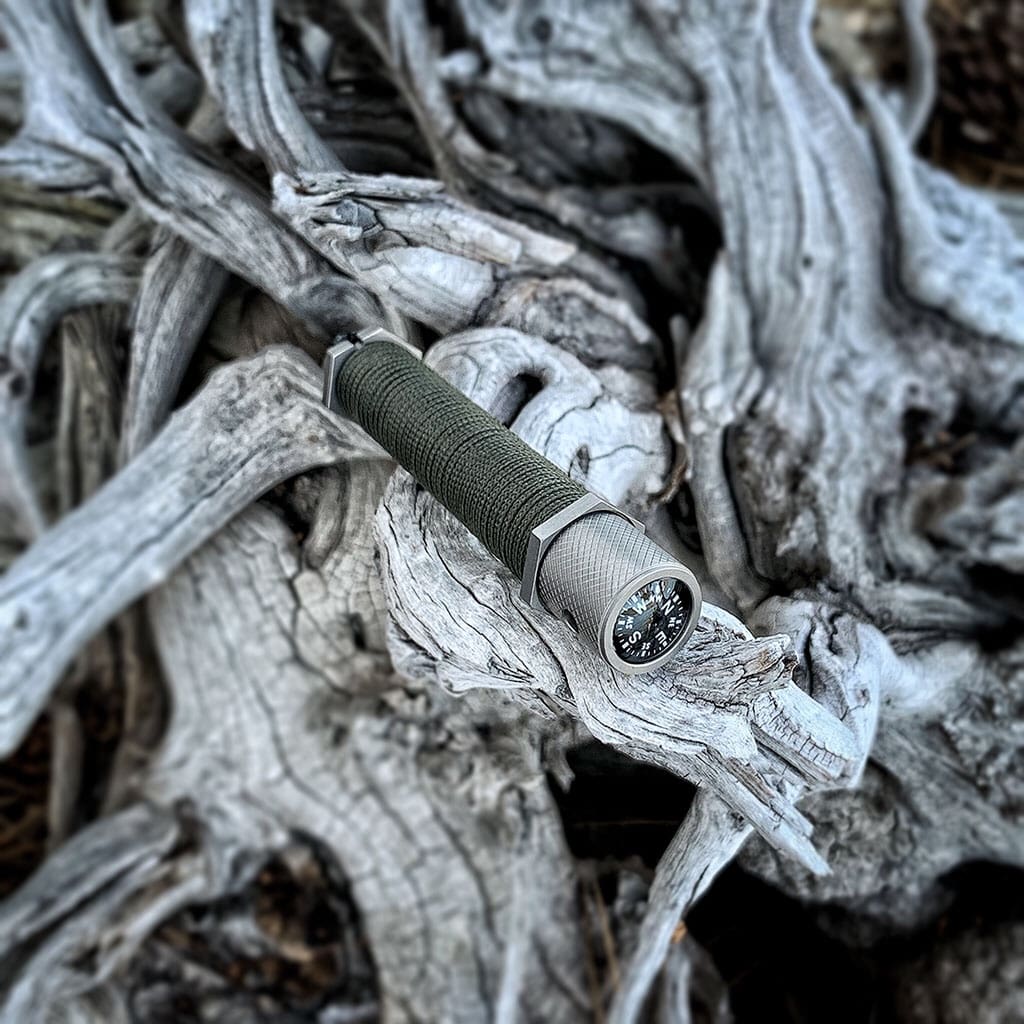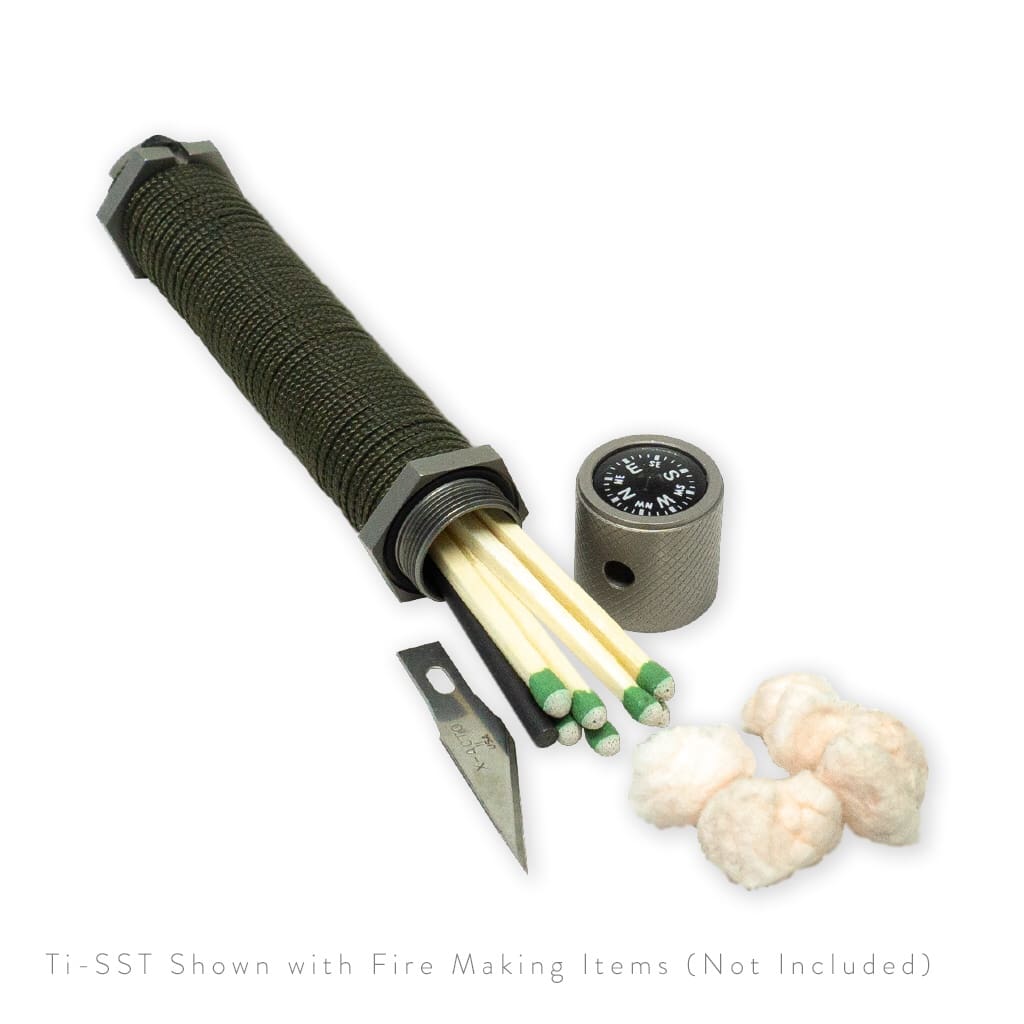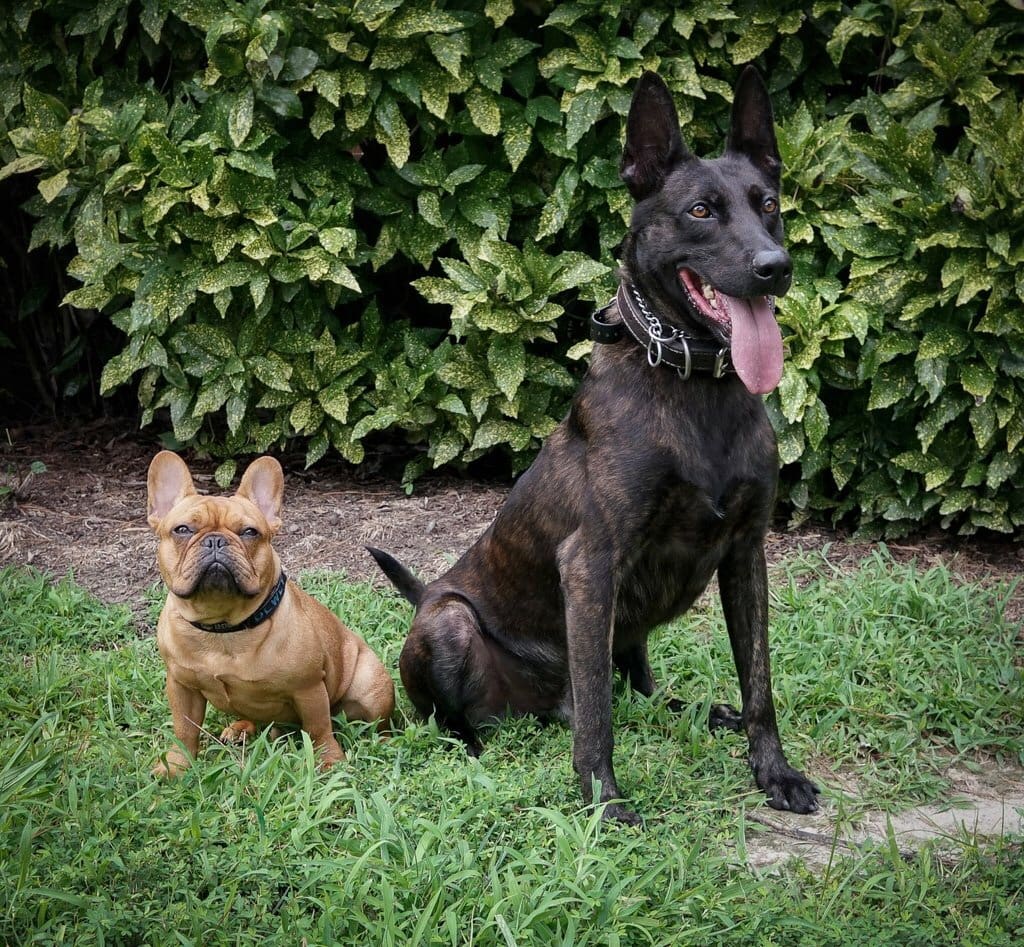This is the thirty fifth installment of ‘Max Talk Monday’ which shares select episodes from a series of instructional videos. Max Velocity Tactical (MVT) has established a reputation on the leading edge of tactical live fire and force on force training. MVT is dedicated to developing and training tactical excellence at the individual and team level.
A return to the sand table for this video, the third in the Satellite Patrolling series, examining advanced patrolling tactics. This time, examining and running a sand table scenario for multiple enemy firing points (ambush), resulting in the need for the patrol to break contact. Utilizing a sand table model with figurines, as a method of introduction to explain these advanced patrolling techniques.
More of these instructional videos can be found by subscribing to the Max Velocity Tactical YouTube Channel. Detailed explanations can be found in the MVT Tactical Manual: Small Unit Tactics.
Max is a tactical trainer and author, a professional soldier with extensive experience in British elite forces and as a paramilitary contractor. Max was enlisted and later commissioned, via the Royal Military Academy Sandhurst, into the Parachute Regiment. The Parachute Regiment is an elite airborne infantry unit, comparable to the U.S. 75th Ranger Regiment, accessible only via the renowned ‘Pegasus Company’ Selection course. Max served in 1 and 2 PARA. Of the three PARA battalions, 2 and 3 PARA serve in 16 Air Assault Brigade as the UK’s elite Rapid Response Force, with one battalion at permanent high readiness for worldwide intervention operations. Max served in Para Reg when it was utilized to provide elite airborne infantry support to UKSF, as the forefathers of the SFSG. With training and operations validating the concept, including Op Barras (Sierra Leone), 1 PARA was placed permanently in role as part of the SFSG.
Additionally, Max served on a number of deployments, to include multiple tours in Northern Ireland, the Balkans and Afghanistan. Additional overseas assignments saw the opportunity to train, or train with, allied nations, including the U.S. Military. Roles which Max filled included rifle platoon commander, patrol leader, recruit instructor (platoon commander) at the PARA Training Depot, anti-armor platoon commander (fire support company), operations officer and command on deployments. Reaching a career point facing staff college and moving away from command of paratroopers, Max made the decision to resign from the service. After leaving the British Army, Max spent a further five years working operationally as a paramilitary contractor in both Iraq and Afghanistan; the latter two years based in Helmand Province working alongside the UK Military.
Since 2013, Max has run Max Velocity Tactical (MVT), a training company conceived to offer professional combat training for responsible citizens. As the Velocity Training Center (VTC) has grown into a state of the art training venue, MVT also took on pre-deployment training for U.S. SOF. This runs the spectrum from facility rental to tailored training packages specializing in Small Unit Tactics.
Website: Max Velocity Tactical
YouTube: Max Velocity Tactical



